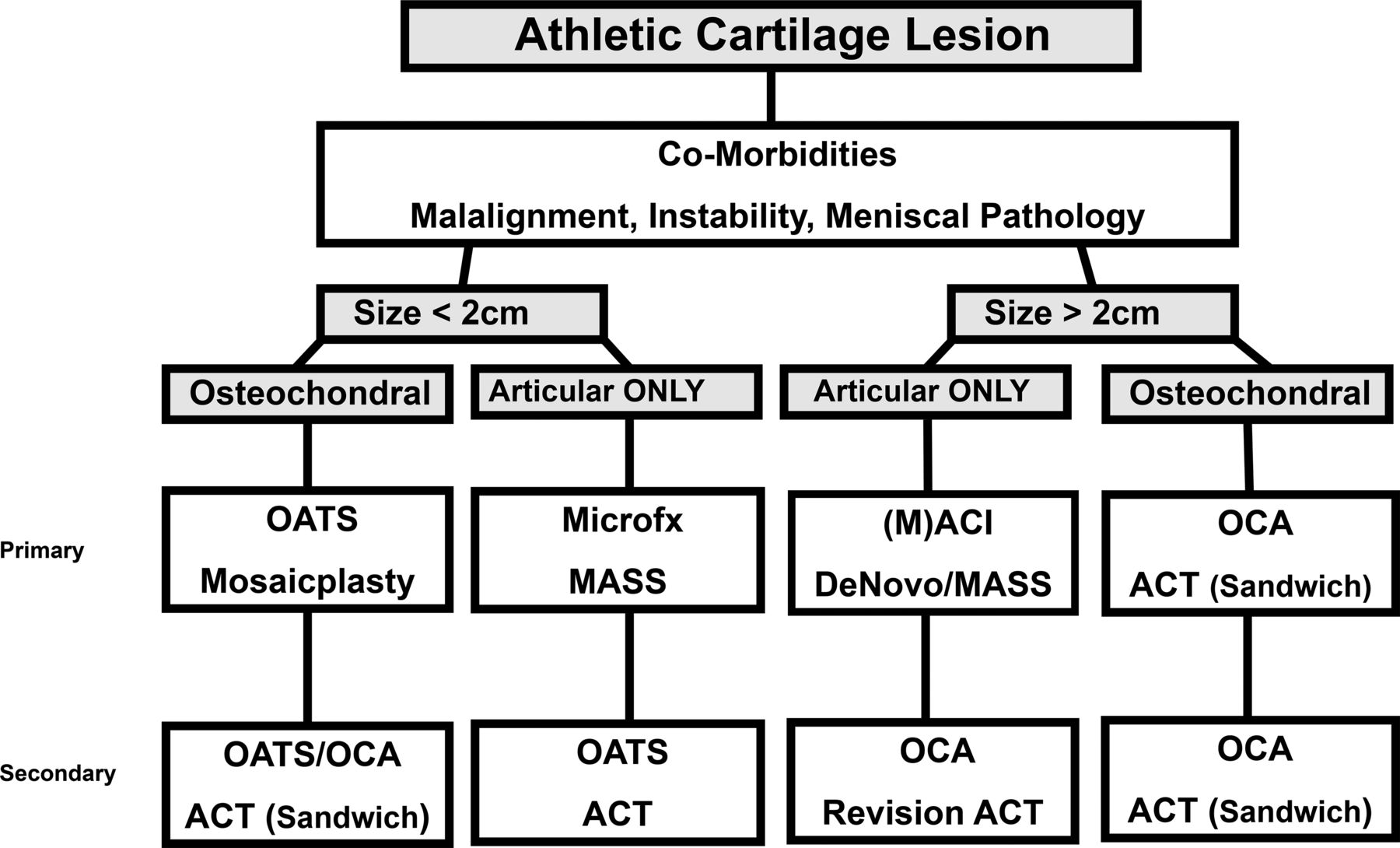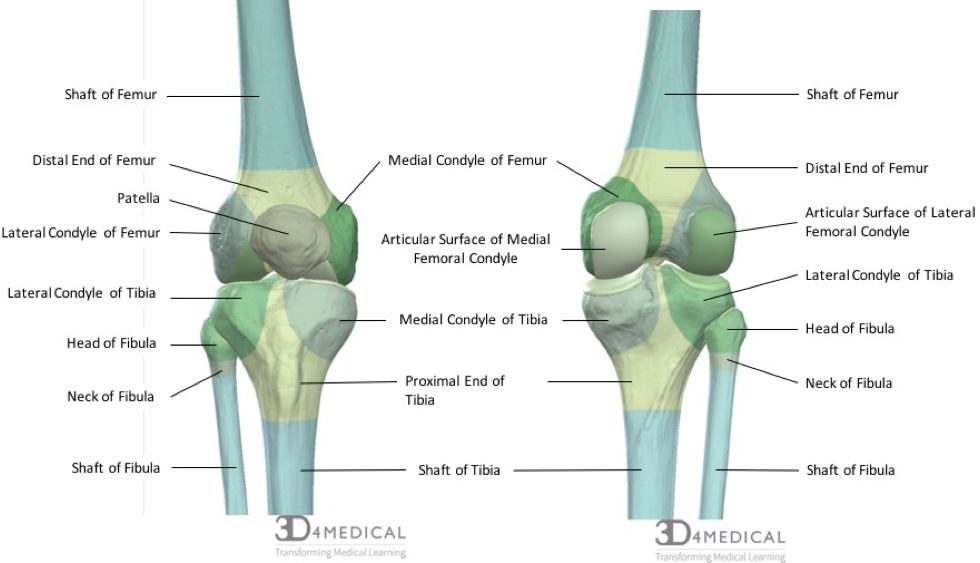A meniscus injury, often referred to as torn cartilage in the knee, is a common condition that affects individuals of all ages. The abbreviation “MI” may be used in medical contexts, but for clarity, we will refer to it as a meniscus injury throughout this article. This type of injury occurs when the rubbery cartilage in the knee joint, known as the meniscus, is damaged or torn. The meniscus plays a crucial role in stabilizing and cushioning the knee, and an injury can significantly impact mobility and quality of life. In this article, we will explore the overview, symptoms, diagnosis, and care options for meniscus injuries.

Overview of Meniscus Injury
The meniscus is a C-shaped piece of cartilage located in the knee joint. Each knee has two menisci: the medial meniscus on the inner side and the lateral meniscus on the outer side. These structures act as shock absorbers, distributing weight evenly across the knee and reducing friction between the bones. They also contribute to the stability of the joint during movement.
A meniscus injury typically occurs when the knee is twisted or rotated forcefully, especially when bearing weight. This can happen during sports activities, such as football or basketball, or during everyday movements like squatting or lifting heavy objects. Older adults are also at risk due to the natural degeneration of cartilage over time, which makes the meniscus more prone to tears.
Types of Meniscus Tears
- Radial Tear: A tear that starts at the inner edge of the meniscus and extends outward.
- Horizontal Tear: A tear that splits the meniscus into top and bottom layers.
- Flap Tear: A portion of the meniscus becomes loose and flips over, causing irritation.
- Bucket-Handle Tear: A large tear that causes a fragment of the meniscus to displace into the joint, often leading to locking of the knee.
- Complex Tear: Multiple patterns of tearing occur simultaneously.
Symptoms of Meniscus Injury
Recognizing the symptoms of a meniscus injury is essential for timely diagnosis and treatment. While the severity of symptoms can vary depending on the extent of the tear, some common signs include:
Pain
Pain is one of the most immediate and noticeable symptoms of a meniscus injury. It is often localized to the side or center of the knee, depending on which meniscus is affected. The pain may worsen with twisting motions, squatting, or prolonged standing.
Swelling
Swelling typically occurs within a few hours after the injury. This is caused by the accumulation of fluid in the knee joint, a condition known as effusion. Swelling can make the knee feel stiff and limit its range of motion.
Stiffness and Limited Mobility
A meniscus injury can cause stiffness in the knee, making it difficult to fully extend or bend the joint. Individuals may find it challenging to walk, climb stairs, or perform other daily activities.
Locking or Catching Sensation
In cases of severe tears, such as bucket-handle tears, a fragment of the meniscus may become lodged in the joint. This can cause the knee to lock or catch during movement, preventing it from functioning properly.
Popping Sensation
Some individuals report hearing or feeling a popping sensation at the time of injury. This is often accompanied by immediate pain and swelling.
Diagnosis of Meniscus Injury
Diagnosing a meniscus injury requires a thorough evaluation by a healthcare professional. The process typically involves a combination of physical examination, medical history review, and imaging tests.
Physical Examination
During the physical examination, the doctor will assess the knee for signs of swelling, tenderness, and range of motion. Specific maneuvers, such as the McMurray test, may be performed to check for clicking or pain when the knee is moved in certain ways.
Medical History
The doctor will inquire about the circumstances surrounding the injury, including any recent physical activities or trauma. Information about previous knee injuries or conditions, such as osteoarthritis, may also be relevant.
Imaging Tests
To confirm the diagnosis, imaging tests are often necessary. These may include:
- Magnetic Resonance Imaging: An MRI provides detailed images of the soft tissues in the knee, allowing the doctor to identify the location and severity of the tear.
- X-Ray: While X-rays cannot detect soft tissue injuries, they are useful for ruling out fractures or other bone-related issues.
- Ultrasound: In some cases, an ultrasound may be used to evaluate the meniscus and surrounding structures.
Care and Treatment Options for Meniscus Injury
The treatment approach for a meniscus injury depends on factors such as the type of tear, the patient’s age, activity level, and overall health. Both non-surgical and surgical options are available, and the choice of treatment is tailored to the individual’s needs.
Non-Surgical Care
For minor tears or degenerative injuries, non-surgical methods are often effective. These approaches focus on reducing pain, improving function, and promoting healing.
Rest
Avoiding activities that aggravate the knee is crucial for recovery. Rest allows the meniscus to heal naturally and prevents further damage.
Ice Therapy
Applying ice packs to the knee for 15-20 minutes several times a day can help reduce swelling and alleviate pain.
Compression
Using an elastic bandage or knee brace can provide support and minimize swelling. Proper compression should be snug but not overly tight to avoid restricting blood flow.
Elevation
Elevating the leg above heart level can help reduce swelling by promoting fluid drainage from the knee.
Physical Therapy
Physical therapy exercises are designed to strengthen the muscles around the knee, improve flexibility, and restore normal function. A physical therapist may guide the patient through specific stretches and strengthening routines.
Medications
Over-the-counter pain relievers, such as acetaminophen or nonsteroidal anti-inflammatory drugs, can help manage pain and inflammation. In some cases, corticosteroid injections may be recommended for persistent symptoms.
Surgical Care
If non-surgical treatments fail to provide relief or if the tear is severe, surgery may be necessary. The type of procedure depends on the nature of the injury and the patient’s goals.
Arthroscopic Repair
During arthroscopic repair, the surgeon uses small instruments and a camera to stitch the torn edges of the meniscus back together. This approach is typically reserved for younger patients with tears located in the outer third of the meniscus, where blood supply is better.
Partial Meniscectomy
In cases where the tear cannot be repaired, the surgeon may remove the damaged portion of the meniscus. This procedure, known as a partial meniscectomy, aims to preserve as much healthy tissue as possible while alleviating symptoms.
Total Meniscectomy
Rarely, the entire meniscus may need to be removed if the damage is extensive. However, this option is avoided whenever possible, as it increases the risk of long-term complications such as osteoarthritis.
Rehabilitation After Surgery
Post-surgical rehabilitation is essential for restoring strength, flexibility, and function. Physical therapy programs are tailored to the type of procedure performed and the patient’s progress. Recovery timelines can vary, with some individuals returning to normal activities within a few weeks and others requiring several months.
Preventing Meniscus Injuries
While not all meniscus injuries can be prevented, certain measures can reduce the risk of occurrence:
- Strengthening Exercises: Building muscle strength around the knee can enhance stability and protect the meniscus.
- Proper Technique: Using correct form during physical activities and sports can minimize stress on the knee joint.
- Footwear: Wearing supportive shoes appropriate for the activity can help maintain balance and prevent falls.
- Warm-Up: Engaging in a proper warm-up routine before exercise prepares the muscles and joints for movement.
By understanding the causes, symptoms, and treatment options for meniscus injuries, individuals can take proactive steps to manage their knee health and seek appropriate care when needed.





